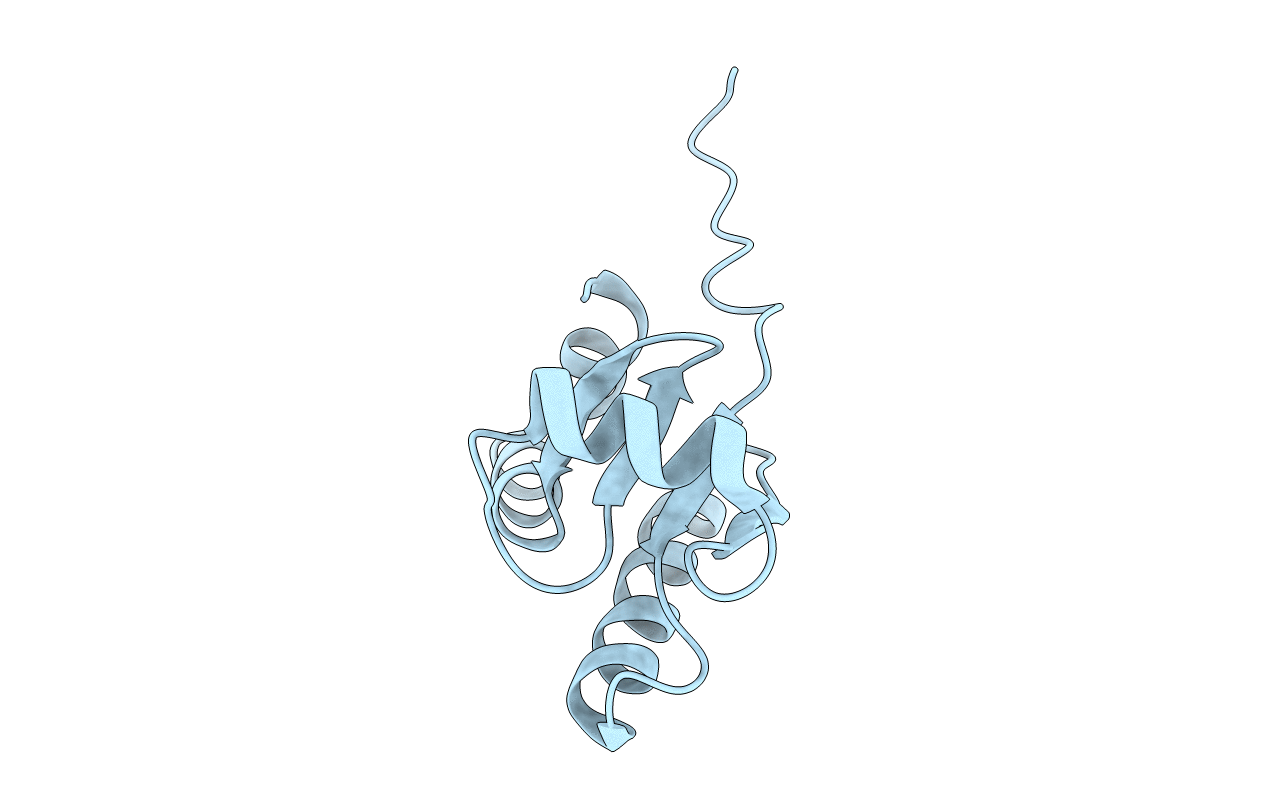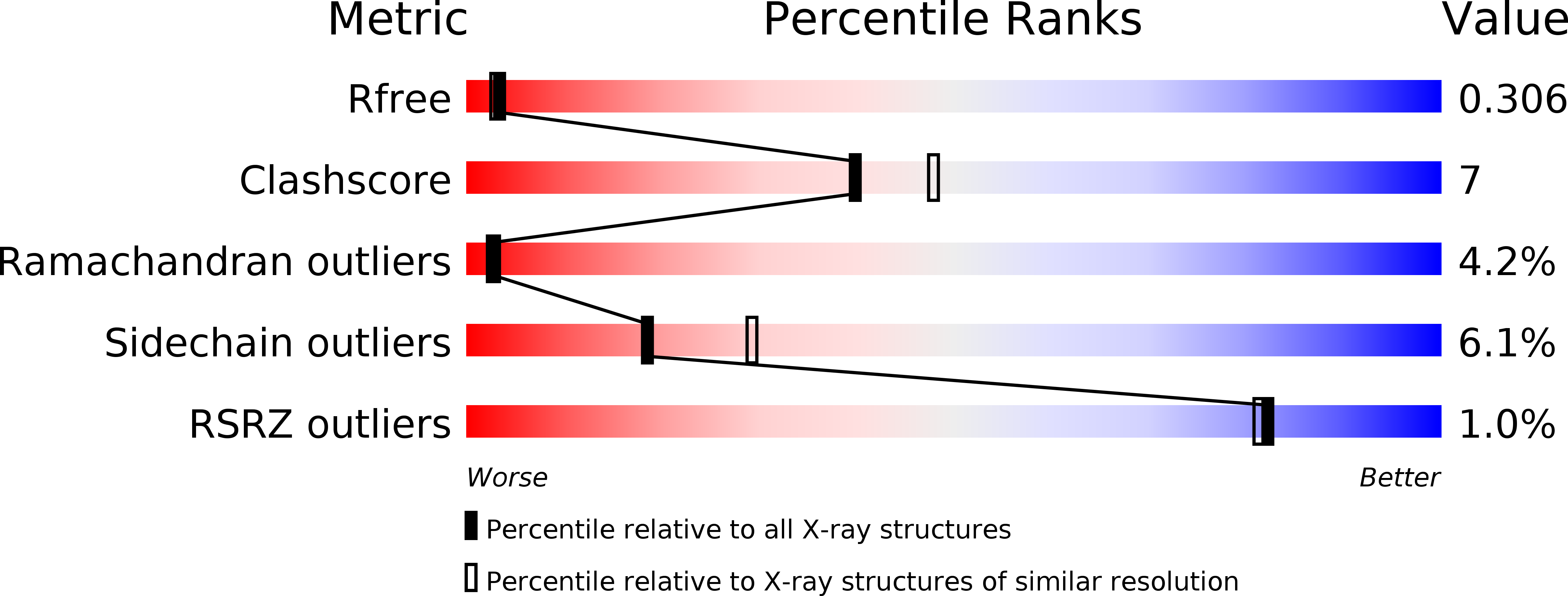
Deposition Date
2020-03-06
Release Date
2020-08-26
Last Version Date
2023-11-29
Entry Detail
Biological Source:
Source Organism:
Candida albicans SC5314 (Taxon ID: 237561)
Host Organism:
Method Details:
Experimental Method:
Resolution:
2.65 Å
R-Value Free:
0.30
R-Value Work:
0.25
R-Value Observed:
0.26
Space Group:
P 61 2 2


